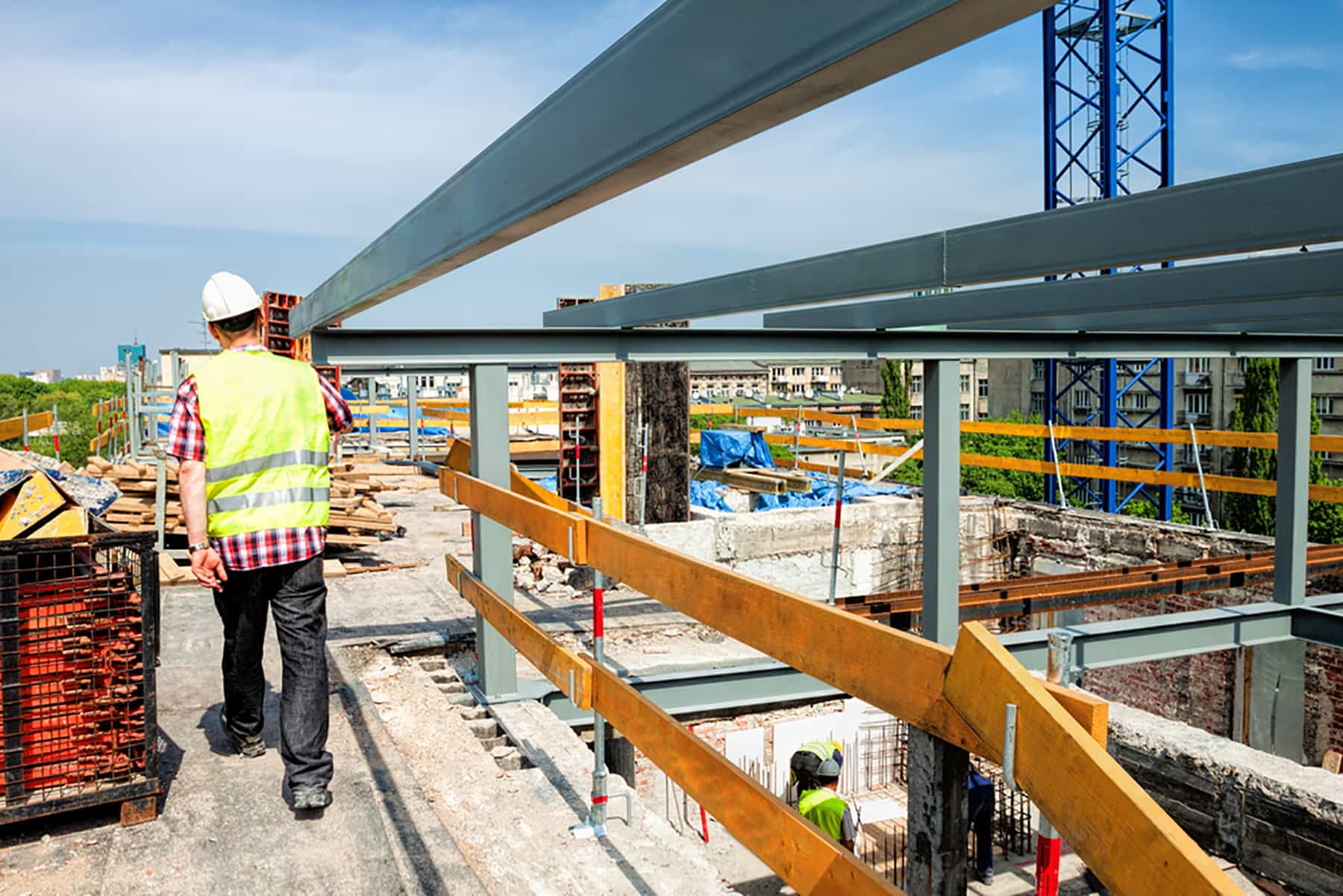The impact of America’s housing shortage was already being felt pre-pandemic, but the impacts of this shortage are becoming more pronounced in the COVID era. There are several reasons for this, many of which we’ll examine below. In short, demand for housing – both homeownership and rental – continues to outpace supply. Material and labor shortages have exacerbated the situation. Not only are there fewer new construction starts, but the new housing that is being built is often priced out of reach for many American households. Today, we look at the factors driving the nation’s housing supply and demand imbalance and then examine how this imbalance subsequently impacts real estate investors.
America’s Housing Shortage: By the Numbers
According to the U.S. Census, 12.4 million households were formed between January 2012 and June 2021, but only 7 million new single-family homes were constructed during that time. This has caused a significant supply and demand imbalance, as noted by a recent Realtor.com study that indicated the nation is short an estimated 5.24 million homes.
There’s no end in sight. The U.S. Census also indicates that single-family home construction is running at its slowest pace since 1995. This does not bode well for Americans, as the largest generation (Millennials) starts to enter its typical homebuying years.
There are several reasons for the housing shortage. The two most-often cited factors are material and labor shortages, which have become more pronounced since the onset of the pandemic. For example, softwood lumber prices surged this past year, up 83% between March 2020 and March 2021. Increased lumber costs have added about $36,000 to the average price of a new single-family home, according to the National Association of Homebuilders. Other common material costs are up, including gypsum (6%) and concrete (2%). In total, these escalations have caused a 14% increase in the cost of new construction year-over-year.
Meanwhile, on the labor front: the average hourly wage within the construction industry continues to climb, up another 2.8% in March 2021 from a year earlier. The steady rise in wages may eventually help to attract workers from other fields, but there are still more than 250,000 construction-related jobs that need to be filled. This has left homebuilders competing for labor. With fewer skilled workers, each project takes longer to build, and fewer homes are built altogether.
Upward Pressure on Home Values
A lack of inventory, combined with interest rates at or near record lows, has put upward pressure on home values. Year-over-year increases in the S&P CoreLogic Case-Shiller Home Price Index jumped from 4.5% in March 2020 to 10.4% in December, the first double-digit increase since 2014. Today, home values are an estimated 60% higher than they were in the early 2000s.
In some markets, the increase in home values is more pronounced. For example, home values are up 28% in Boise, 23% in Austin, and 22% in Tacoma. Metro areas that were once considered relatively affordable are now becoming competitive in their own right. Americans who have the newfound flexibility to work remotely are starting to opt for lower-cost areas, and are willing to pay a premium in these markets—which are still considered “affordable” compared to the higher-cost areas from which they’re relocating.
Given the extremely limited supply of homes for sale across the country, prices will likely continue to rise for the foreseeable future even if interest rates tick up and more sellers put their homes on the market. In the longer term, only a dramatic increase in new housing construction will temper conditions in some of today’s most overheated homebuying markets.
Rental Prices Skyrocket
Today, fewer than 9% of new homes constructed are priced at $200,000 or below. This has left many Americans with no choice but to rent as home ownership becomes increasingly unattainable.
However, renters are finding themselves competing for units as well. Annual absorption of apartment units has averaged approximately 250,000 units per year during the decade spanning 2010 to 2020. Consumer demand for apartments hit a record high in Q3 2021, with new data from RealPage showing that annual absorption is nearing 600,000 units so far this year, with a full quarter still left to go. Demand may be underreported in some metro areas where there is essentially no more product available to be absorbed.
Nationally, the multifamily vacancy rate is just 4.1%.
With such high demand and such little inventory, rental prices have nowhere to go but upward.
Multifamily rent growth has been unparalleled this year, with the national average rent rising 11.4% year-over-year through September. The median asking rent is now $1,558 per month.
According to a Yardi Matrix survey, “lifestyle renters” (i.e., those who could afford to buy but elect to rent instead) are driving these increases. Lifestyle rents are up 13.4% year-over-year compared to “renter by necessity” whose rents are up 9.5% on the year.
Demand for single-family rentals also continues to climb. Many Americans fled urban areas during the pandemic. They sought out and settled in suburban and even rural areas where they had more space, indoor and out, which became more valuable with more people working (and sometimes educating) from home. In turn, nationwide rents for single-family rentals have jumped a staggering 14.3% this past year.
Impacts on Commercial Real Estate Market
The widening supply and demand imbalance bodes well for the commercial real estate market. The multifamily sector, in particular, is poised to benefit from the nation’s housing shortage.
Simply put, all Americans need somewhere to live. With fewer entry-level homes available, and with home prices up across the board, there are more people renting for longer periods of time. Meanwhile, many young adults who moved home during the early days of the pandemic are now ready to rent their own apartments, contributing to the uptick in demand.
Investors are taking note. After a brief pause, investment activity has skyrocketed. Pent-up capital from investors who had been sitting on the sidelines has flooded the multifamily market. In Q2 of this year, more than $53 billion was spent on multifamily real estate, according to data from Real Capital Analytics. No other second quarter on record has ever had such phenomenal multifamily velocity. Investors, like homebuyers, are taking advantage of the low-cost debt that has become so prevalent. Multifamily lenders are competing for a piece of the top transactions, which has helped to keep rates and terms favorable to borrowers.
With such affordable debt, investors are showing a willingness to pay even more per door.
Between Q2 2020 and Q2 2021, prices for apartment buildings jumped 12 percent, according to Real Capital Analytics. It’s not uncommon to have dozens of groups bidding for the same apartment deals, which drives prices even more.
Indeed, the most well-capitalized groups are spending billions to grow their multifamily portfolios. Blackstone, for example, paid AIG a staggering $5.1 billion for its affordable housing assets earlier this year.
To be sure, this is compressing multifamily cap rates. The double-digit returns that investors came to expect over the past ten, twenty or thirty years have become increasingly rare. Today, returns in the mid-to-high- single digits are considered strong – especially given the long-term positive outlook for the multifamily sector.
Conclusion
The nation’s pronounced housing supply and demand imbalance is expected to continue for the foreseeable future. And in turn, the multifamily feeding frenzy we’re seeing today is expected to continue, as well. Multifamily is an asset class with widespread appeal, particularly among those looking to diversify their portfolios away from more volatile market-driven securities.
However, as competition for multifamily assets climbs, so will prices. This will impact overall returns, but this should not be a deterrent to investors. Instead, investors should weigh the merits of each deal carefully and within the context of other investment alternatives. Many will find that even with compressed cap rates, these returns will continue to outpace the returns they’d realize on other assets simply given the strong underlying fundamentals driving today’s housing market.


